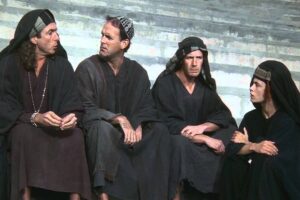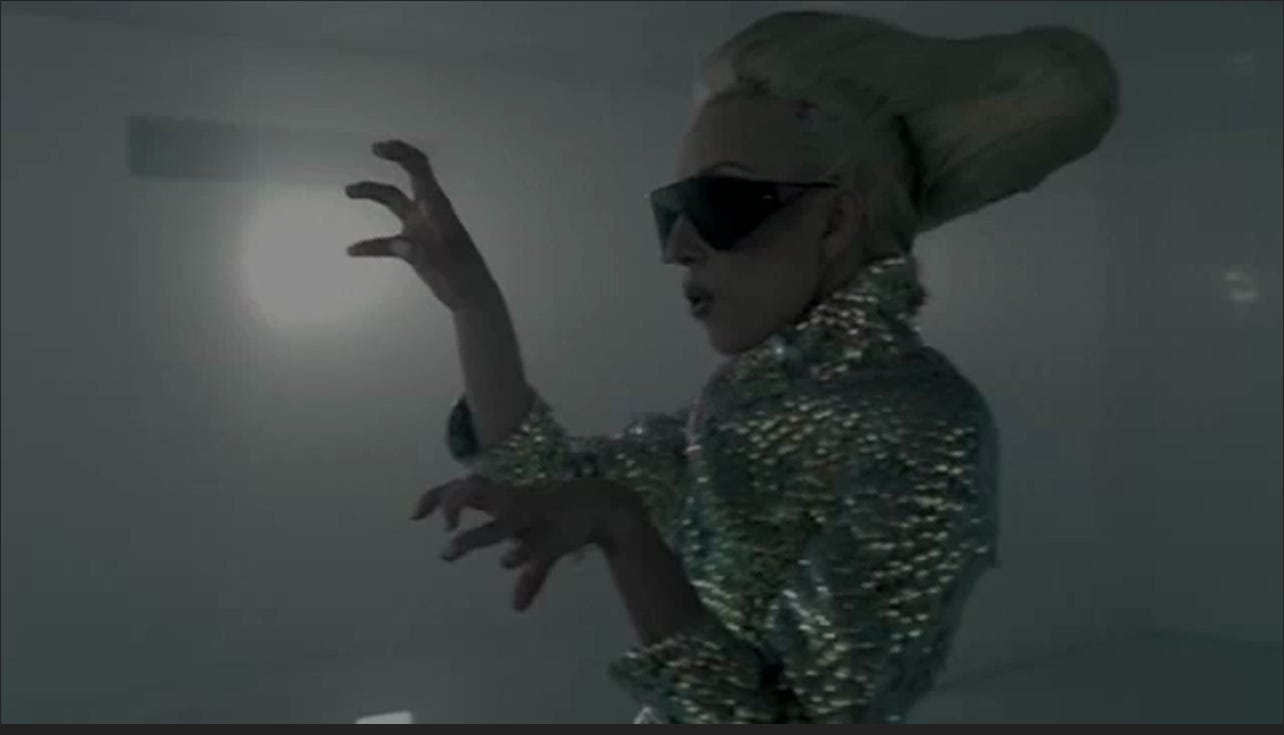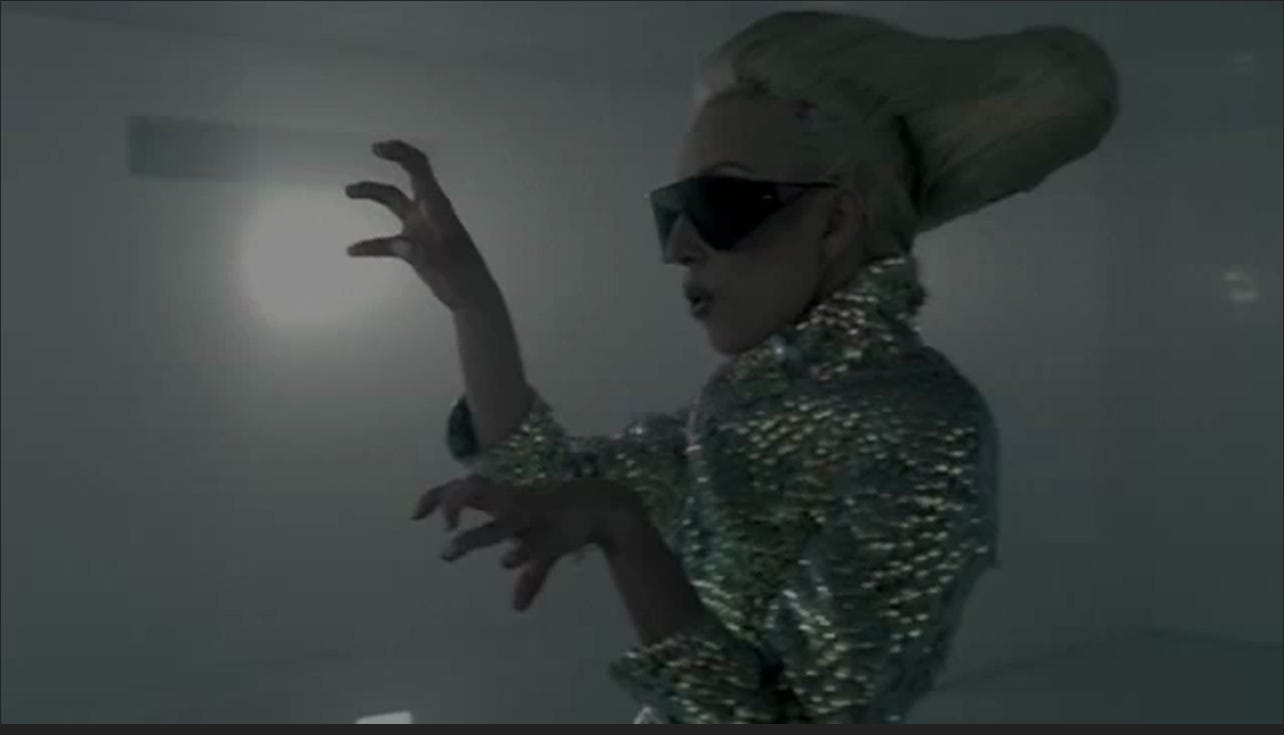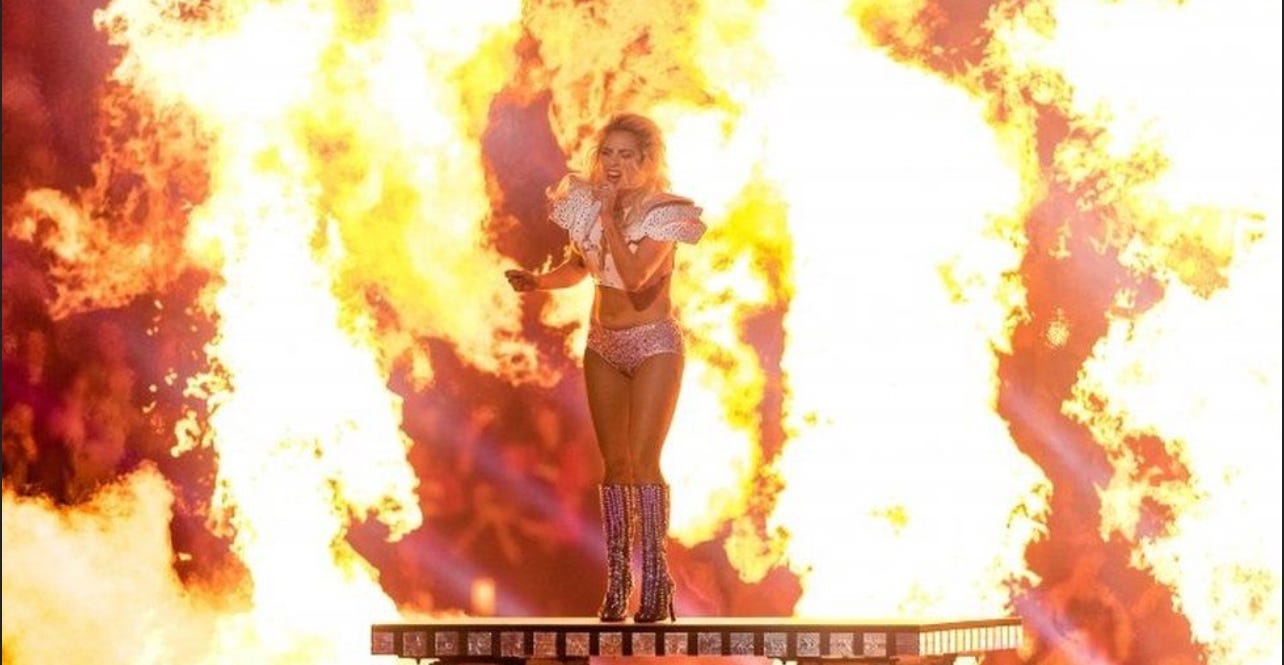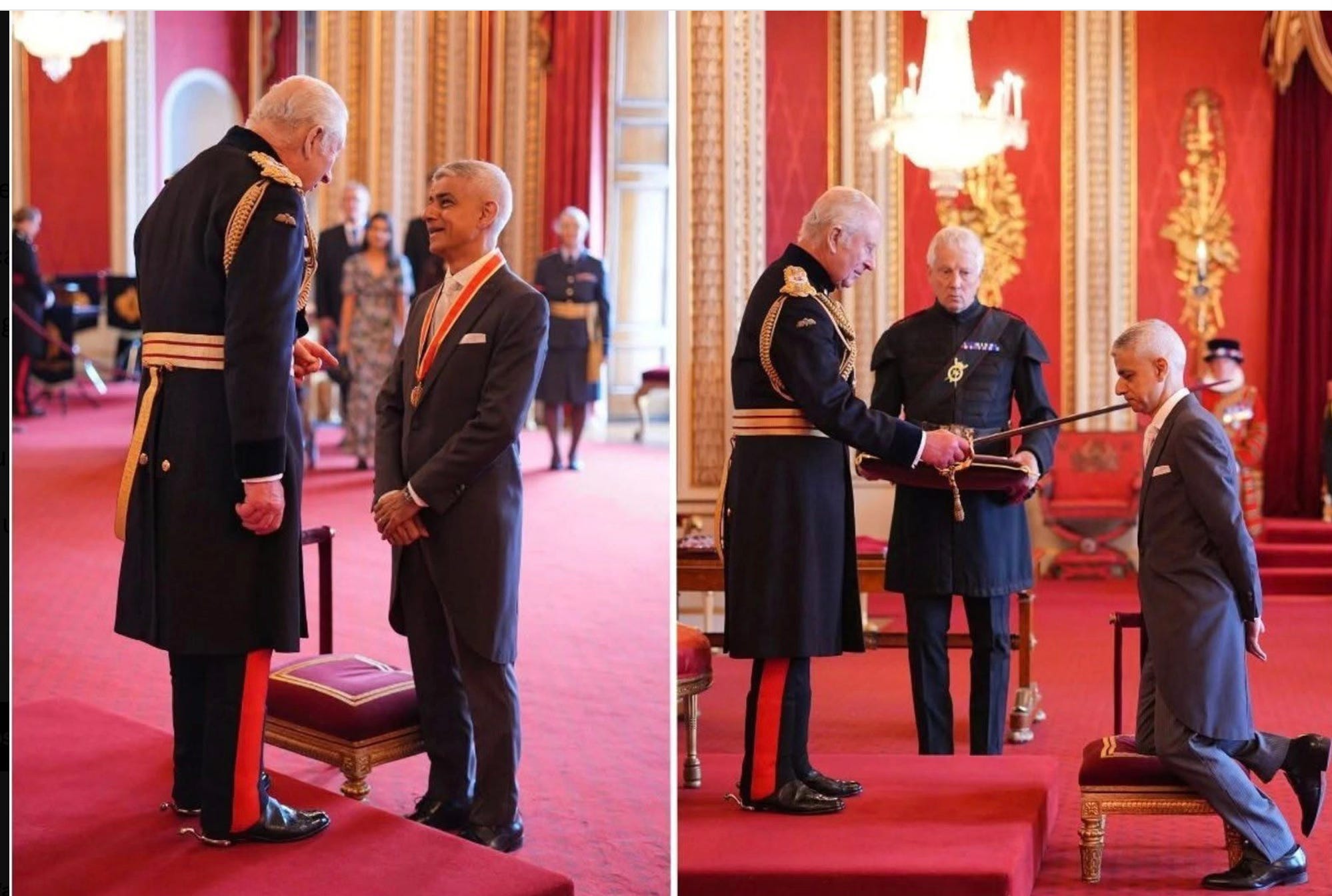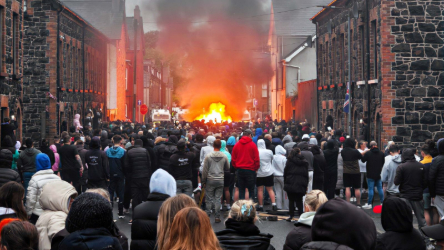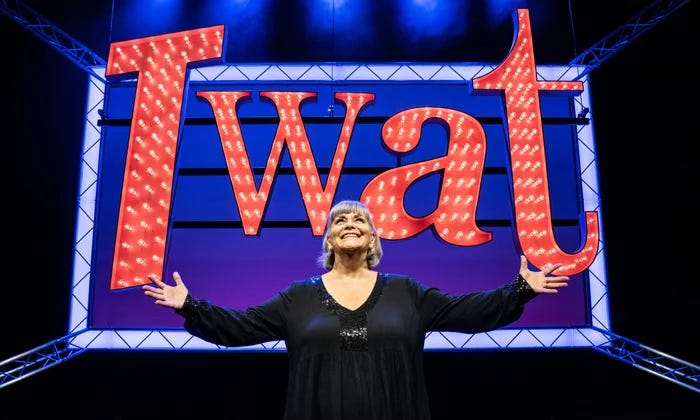David Vance SubstackRead More
Lady Gaga, one of pop culture’s most polarising figures, has long been accused of incorporating satanic imagery into her music and performances. Her provocative visuals, lyrical themes, and stage antics promote occultism, aligning with satanic symbolism that unsettles audiences. Gaga herself has dismissed these claims, often citing artistic expression, but the evidence in her work suggests otherwise.
From her early career, Gaga’s music videos have been rife with symbols that seem satanic. In “Alejandro” (2010), she dons a nun’s habit while swallowing a rosary, blending Catholic imagery with sexual undertones. The video’s dark, ritualistic aesthetic, complete with inverted crosses, sparked accusations of blasphemy and occult worship.
Similarly, “Judas” (2011) portrays Gaga as Mary Magdalene in a love triangle with Jesus and Judas, using biblical references to glorify betrayal and demonic influence. The imagery—black halos, fiery backdrops, and Gaga’s seductive portrayal of evil—lends credence to these interpretations.
Her live performances add to these concerns. At the 2011 MTV Video Music Awards, Gaga appeared as her male alter-ego, Jo Calderone, in a performance laced with themes of duality and transformation, which link to satanic concepts of shape-shifting or spiritual corruption.
Remember her 2017 Super Bowl halftime show that included pentagram-like star formations and fiery visuals, prompting online theories about Illuminati and satanic rituals?
These choices, while theatrical, align with symbols historically tied to occult practices.
Lyrically, Gaga’s songs often explore themes of power, rebellion, and darkness. Tracks like “Bloody Mary” reference martyrdom and resurrection in ways that can be read as mocking Christian narratives. Lines in “Bad Romance” about wanting “your ugly, your disease” can be interpreted as embracing moral decay, a hallmark of satanic ideology. These themes subtly normalise subversive, anti-religious ideas.
The consistency of occult symbols—pentagrams, inverted crosses, and ritualistic motifs—across her discography raises serious questions. Does she merely flirt with darkness or endorses something more sinister, does she actually sell it?
***I put out at least three articles a day. If you enjoy all this can I ask you to consider to becoming a PAID subscriber, it’s only £5 a month, you can cancel if you don’t enjoy it but I know you will. I want to thank the kind people who already do this, without your help this becomes impossible. Thank you in anticipation of your support***









